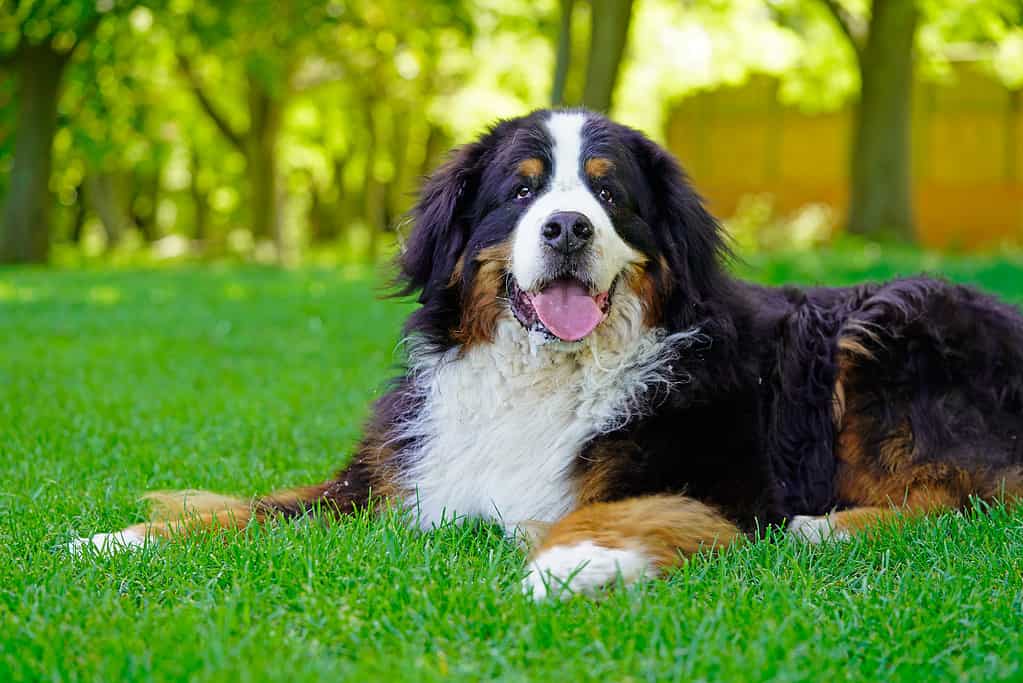
The Bernese Mountain dog is considered a giant breed because they are over 100 pounds.
©Kriste Sorokaite/iStock via Getty Images
Large-breed dogs are some of the most popular pets for owners who love to exercise and want a strong and powerful animal at home. Many large breed dogs like German shepherds, Great Danes, and Bernese Mountain dogs are excellent working dogs, capable of rescue operations, seek and retrieval work, guarding locations, and caregiving.
Unfortunately, large-breed dogs die much sooner than small or medium-sized dog breeds, which seems quite unfair.
This article addresses why big dogs have shorter lifespans than smaller breeds, and what pet parents can do to keep their big dogs going a little longer.
Average Lifespan for Dogs
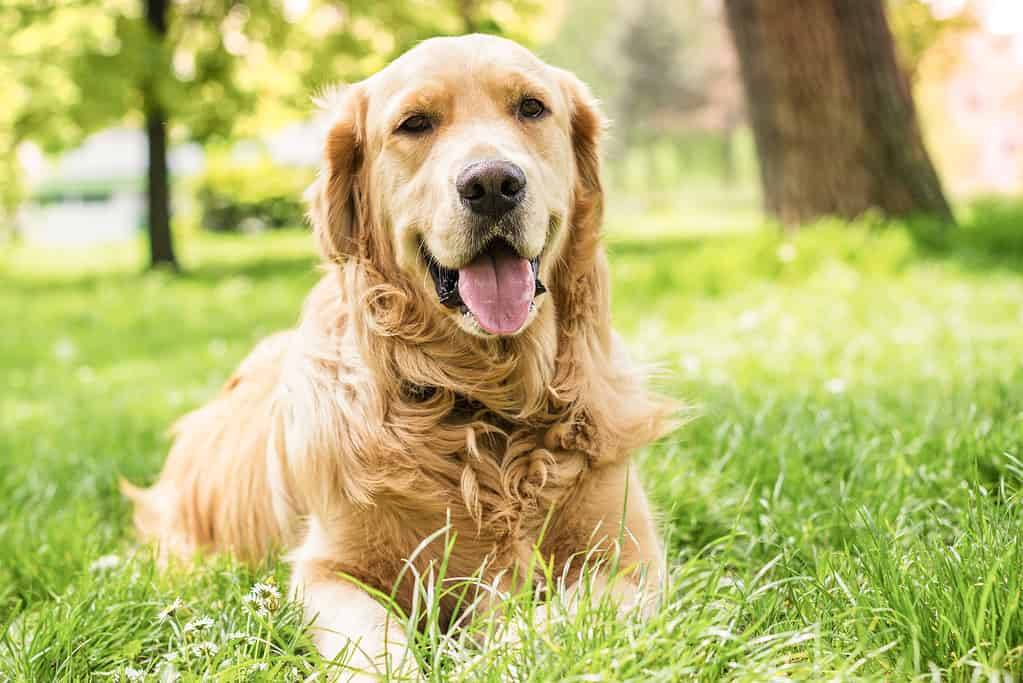
As dogs age, the estimation of human to dog-years changes based on breed and size.
©sanjagrujic/iStock via Getty Images
Everyone knows dogs age faster than people, with the common indicator being one human year is equal to seven dog years. That number is not entirely accurate, with modern science theorizing that by the time a dog is one year old, they are actually 15 human years old.
On average, large breed dogs will live for eight to 12 years, while small breed dogs will live for 14 to 16 years.
This number may fluctuate based on the dog’s age, breed, and health conditions. For example, small dogs with brachial issues (bulldogs, pugs) may live for 10-12 years.
Why Do Big Dogs Have Shorter Lifespans
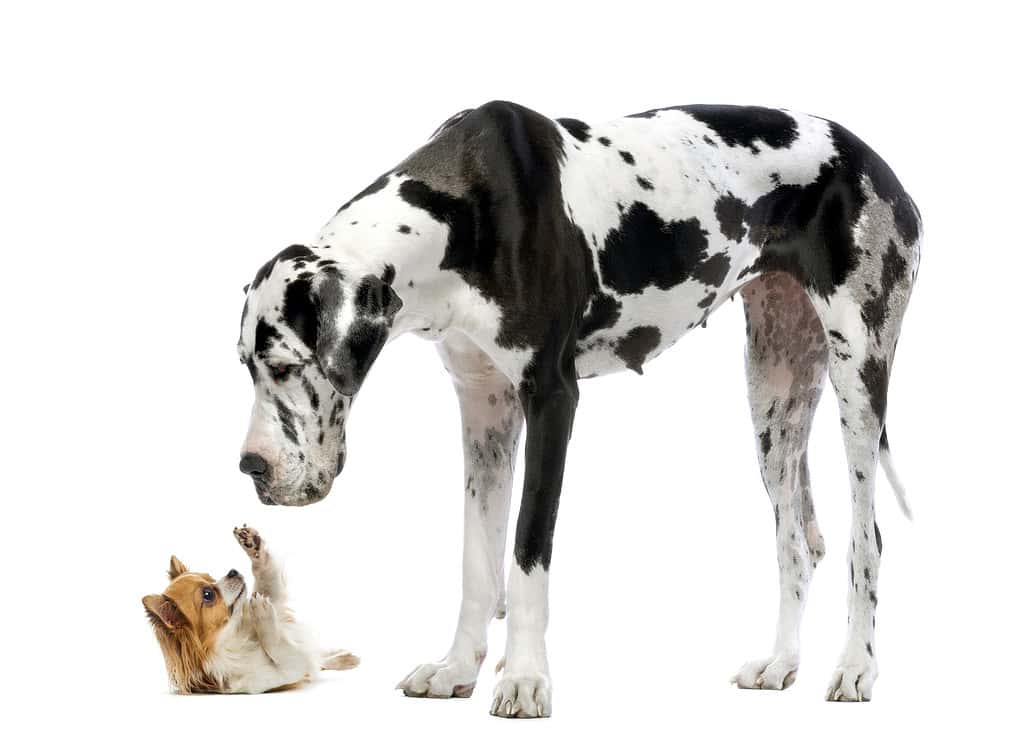
Big dogs often forget how big they are because they are used to playing with smaller dogs.
©GlobalP/iStock via Getty Images
In nature, large animals like whales, elephants, and sturgeons can live for decades or centuries, while small mammals like rodents live only a few years at most.
The reason dogs have shorter lifespans than small-breed dogs comes down to several factors:
- Age
- Breeding
- Weight
- Disease
Aging

Old age is difficult for every animal, but large-breed dogs have more problems.
©Rattankun Thongbun/iStock via Getty Images
Large-breed dogs age faster than small and medium-breed dogs. Small dogs remain small throughout their life, so their bodies do not grow as rapidly. Alternatively, big dogs are born around the same size as small dogs, then rapidly grow into a heavy 60-pound or bigger canine. Their bodies use substantial quantities of energy to regenerate the body’s cells. This higher regeneration level directly translates to faster aging. Small and medium-sized dogs do not use as much energy to regenerate old cells, allowing them to live longer.
As animals age, inactive muscles fatigue and deteriorate. The body relocates energy from other areas to focus on vital systems like internal organs. This means the legs may lose muscle mass or their cognition will slow.
Breeding
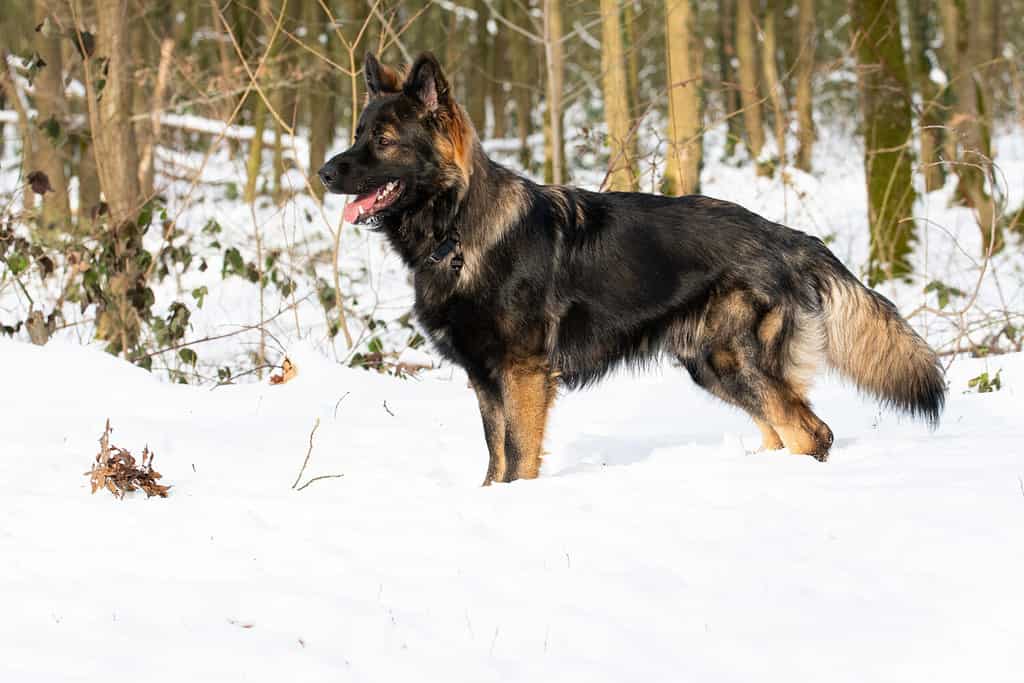
German shepherds are excellent working dogs, but inbreeding can cause them to have many joint issues.
©Oakland Images/Shutterstock.com
Purebred dogs live shorter lives overall, regardless of their size. Unfortunately, large-breed purebreds have much shorter lives because of inbreeding, leading to genetic defects or complications. Similar to humans, inbreeding stagnates the gene pool, increasing the chances of birth defects and hereditary diseases. A big dog suffering from a birth defect will have a lower chance of reaching a senior age than a mixed breed, in which the genes are more diverse.
Weight

While cute, chubby puppies have a higher risk of health problems than pets at their ideal weight.
©phatthanit_r/iStock via Getty Images
Obviously, bigger dogs have more weight than smaller dogs. A large breed dog is any canine over 50 pounds. As dogs get older, they have less stamina to exercise, limiting their movements. Big dogs struggle to handle the weight of their large bodies. This is why many big dogs will develop arthritis or joint issues; their legs are not strong enough to lift their bodies.
Obesity in large-breed dogs is very problematic because it may reduce their lifespan even more.
Disease
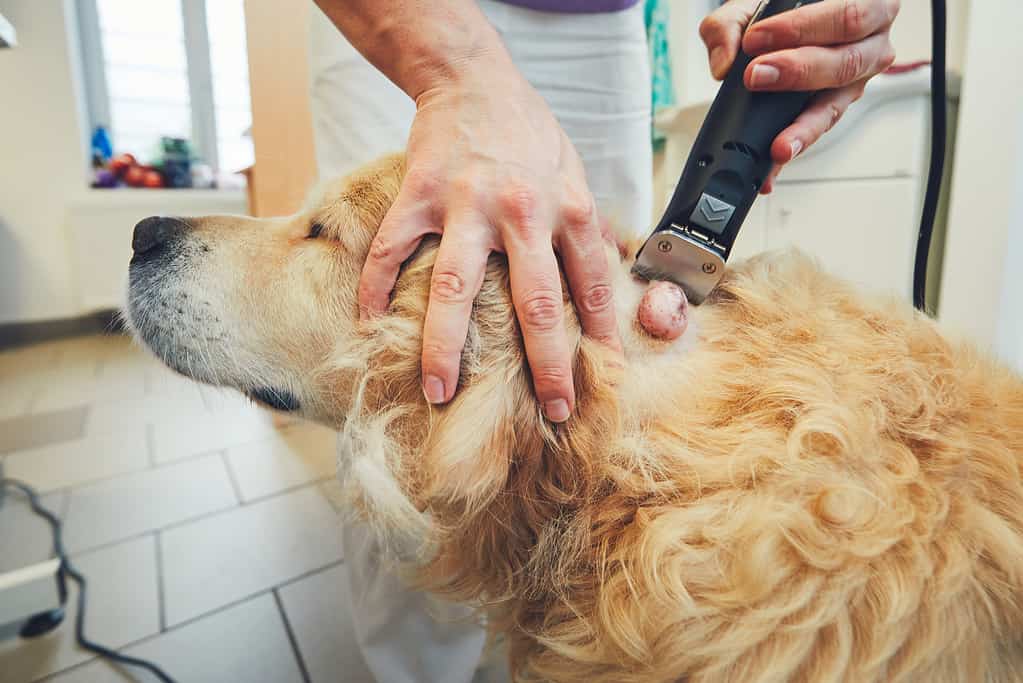
Mast cell tumors are a malignant form of cancer that can infect the skin, liver, spleen, or bones.
©Chalabala/iStock via Getty Images
Diseases like muscle atrophy, blindness, kidney disease, or heart disease all contribute to reducing the life expectancy of dogs. The biggest contributor is cancer. Large-breed dogs are highly susceptible to developing mast cell tumors due to their biology. As previously stated, big dogs regenerate cells faster than small dogs. When those cells rapidly grow out of control, it leads to mass cell tumors and cancer.
Veterinarians can detect cancer early to help remove it, but the rapid regeneration rate often leads to the cancer returning or spreading throughout the body. Their chances of getting cancer increase if the dog is obese, eating an unhealthy diet, inactive, or a purebred.
Ways To Help Big Dogs Live Longer
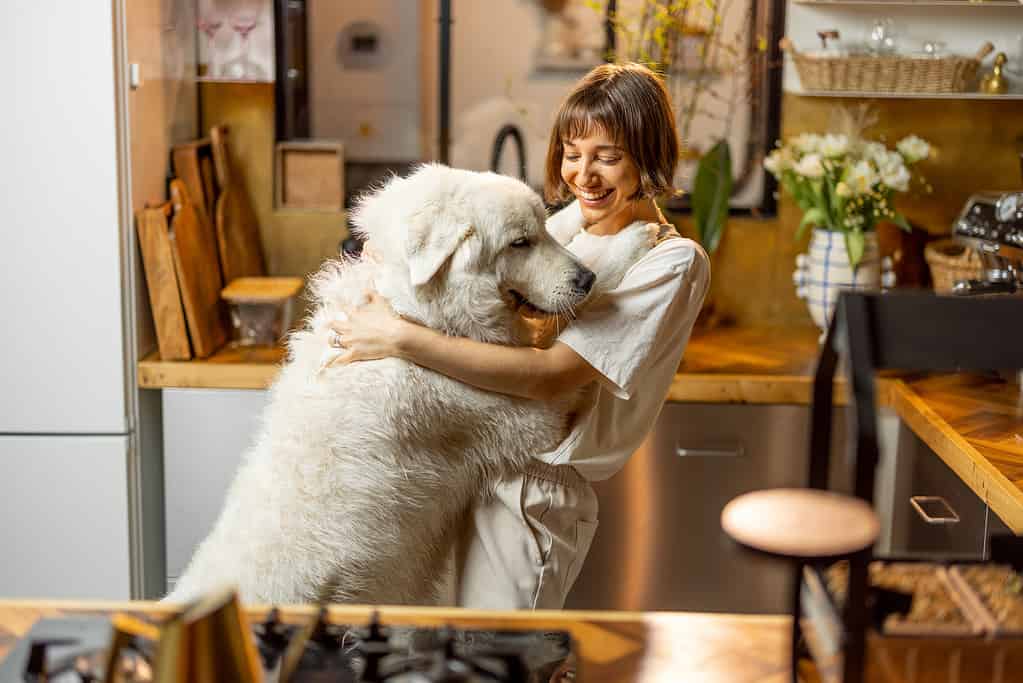
Pet parents should train their big dogs so they do not injure someone when they are playing.
©RossHelen/iStock via Getty Images
It may seem unfair that big dogs do not live as long, especially when they are just as precious and sweet as smaller dogs. Thankfully, there are methods pet parents can utilize to keep their giant puppies going for as long as possible.
- Healthy Diet: Feeding big dogs a healthy diet will ensure they get adequate amounts of nutrients to maintain their body efficiently.
- Hydration: Keeping big dogs hydrated reduces the risk of deteriorating joint diseases, as well as supporting kidney function.
- Exercise: Pet parents should have a schedule to keep their big dogs physically and mentally active. The body will deteriorate less if the muscles are in use and the mind is alert. Gauge how much stamina the dog has and work within their limit, trying not to overexert.
- Routine Veterinary Care: Speak with veterinary professionals regarding nutrition, physical activity, wellness checks, and senior care. Doctors and technicians will help detect the early stages of diseases before they become detrimental.
- Adoption: When possible, adopt a mixed breed dog instead of buying a purebred. Mixed-breed dogs have a lower chance of succumbing to hereditary disease or having a genetic defect as they age.

Proactive pet care is the best method of giving large-breed dogs the best chance to live a full life.
©Vasyl Dolmatov/iStock via Getty Images
Unfortunately, large breed dogs have shorter lifespans, but they provide owners with unconditional love, companionship, and protection.
Thank you for reading! Have some feedback for us? Contact the AZ Animals editorial team.








